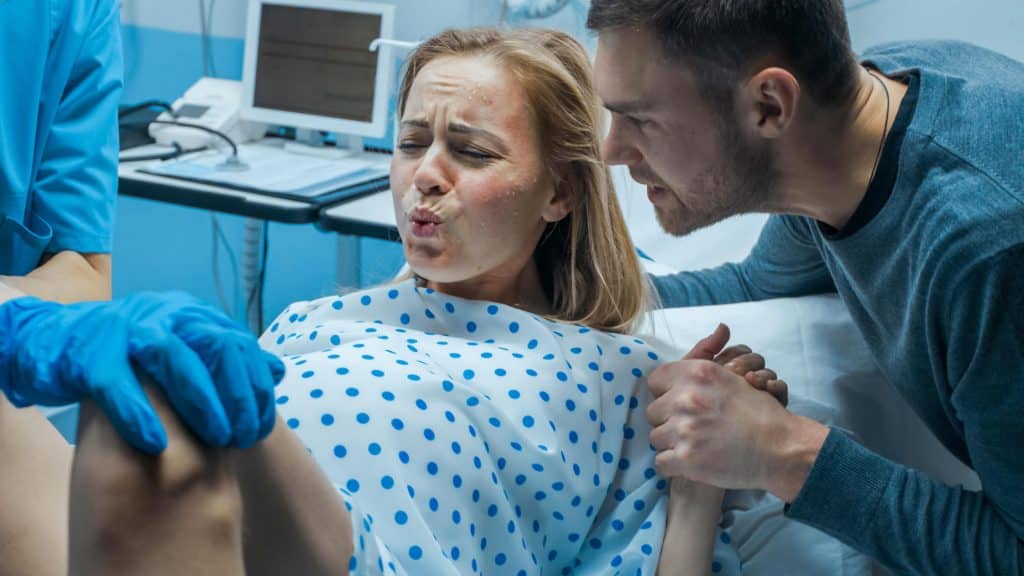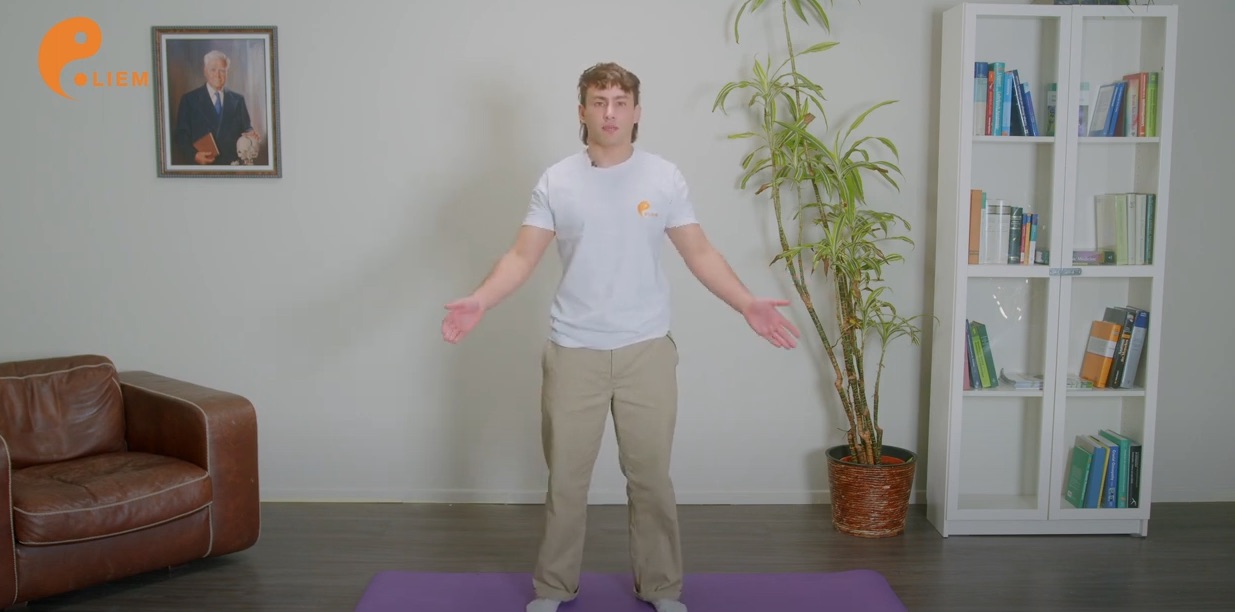Übersicht der Pressmethoden
Powerpressen
bei jeder Presswehe tief Luft holen und während der gesamten Wehendauer pressen
spontanes Pressen
Frauen folgen ihren eigenen Instinkten, idR 3-5 mal/ Wehe.verzögertes Pressen
Frauen pressen erst dann, wenn sie dem Pressdrang nicht mehr standhalten können oder wenn die Leitstelle den Damm erreicht hat.Unterschiede der Pressmethoden
spontanes Pressen im Vergleich mit Powerpressen
Kaum UnterschiedeVerzögertes Pressen im Vergleich mit sofortigem Pressen (beide mit Epiduralanästhesie)
- bei verzögertem Pressen Verlängerung der Austreibungsphase um etwa 56 Minuten (Evidenz niedrig)
- Verzögern des Pressvorgangs bei Frauen mit Epiduralanästhesie verkürzt Pressdauer und erhöht Wahrscheinlichkeit einer spontanen vaginalen Entbindung
- bei verzögertem Pressen häufiger niedriger pH-Wert des Nabelschnurbluts
Lemos et al 2017
ENGLISH VERSION:
Pressing methods for the expulsion phase of birth
Power pushing
take a deep breath with each contraction and push for the entire duration of the contraction.Spontaneous pushing
Women follow their own instincts, usually 3-5 times per contraction.Delayed pushing
Women push only when they can no longer withstand the urge to push or when the control centre has reached the perineum.Differences in Pressing methods
spontaneous pushing compared with power pushing
Hardly any differencesDelayed pushing compared with immediate pushing (both with epidural anaesthesia)
- Delayed pushing prolongs the expulsion phase by about 56 minutes (evidence low).
- Delayed pushing in women with epidural anaesthesia reduces duration of pushing and increases likelihood of spontaneous vaginal delivery.
- Delayed pushing more likely to result in low pH of cord blood.
Lemos et al 2017




